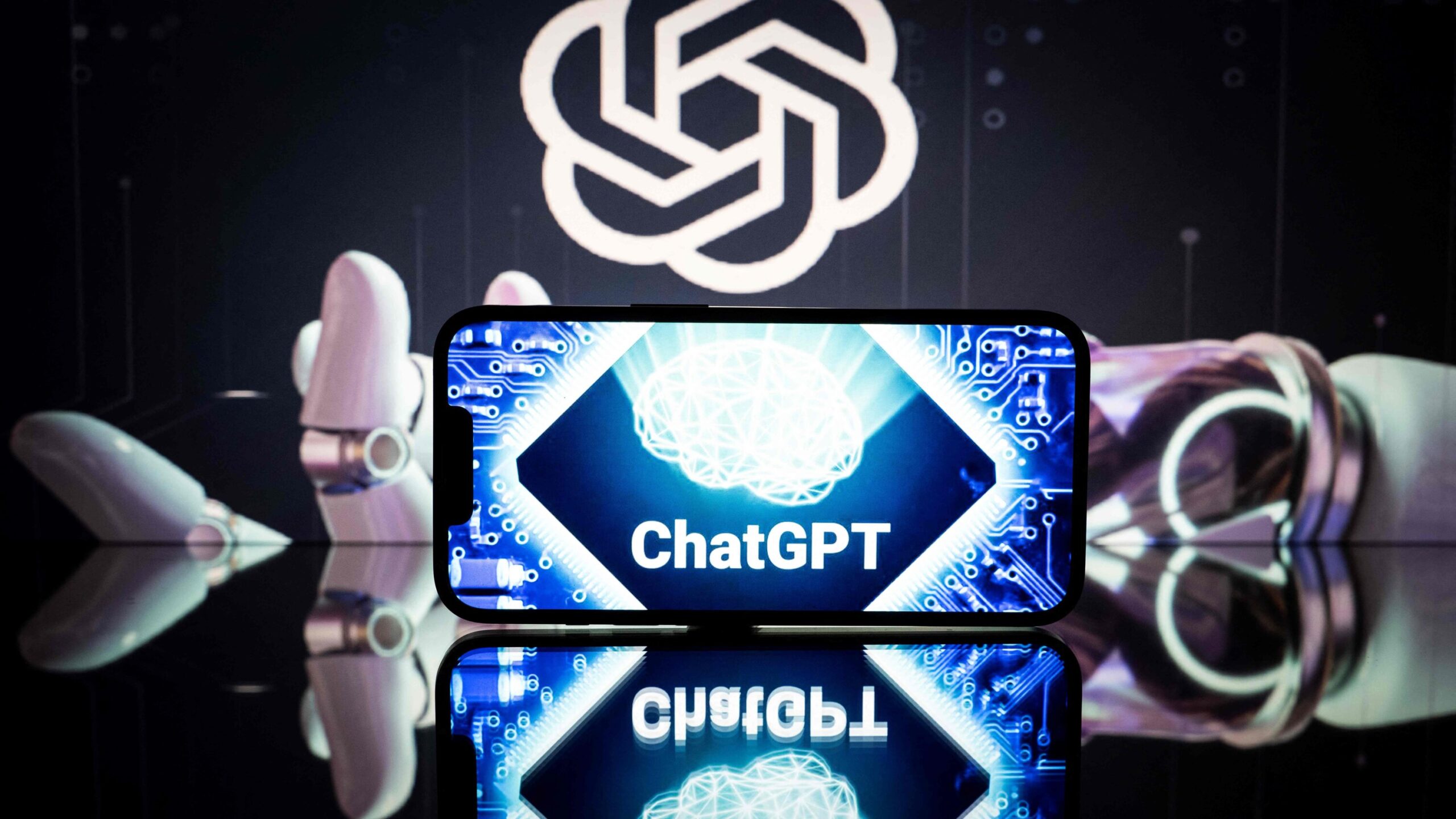Since its launch in November, ChatGPT has become an omnipresent tool.

In professional settings, people utilize the OpenAI product to develop code, generate marketing materials, and create lesson plans. Its popularity has reached a point where companies are now seeking individuals with ChatGPT expertise to enhance their business performance.
Moreover, in their daily lives, individuals are turning to this chatbot for assistance with weight loss, dating, and anti-aging solutions.
However, ChatGPT doesn’t always produce desirable outcomes, and it can be susceptible to errors and misinformation.
The key lies in the prompts provided by users to ChatGPT.
Jacqueline DeStefano-Tangorra, a consultant who employs ChatGPT to secure new contracts, emphasizes that “writing a generic sentence” is insufficient if users genuinely seek useful outputs.
To shed light on how to make ChatGPT align with your intentions, Insider sought advice from AI enthusiasts, ChatGPT coaches, and users themselves. Here are 12 effective techniques for crafting better ChatGPT prompts:
1. Assign a specific role to ChatGPT
According to Jason Gulya, an AI council chair at Berkeley College who teaches clients how to use ChatGPT, the chatbot performs best when assigned a persona or job role. For instance, treating ChatGPT like an employee and specifying goals or tasks can be beneficial, as advised by Rob Cressy, the founder of GPT Leaders, an AI-coaching firm.
Gulya recommends starting your prompt with phrases like “act as a professor” or “act as a marketing professional,” followed by a clear description of the desired outcome.
2. Be specific and focus on one task at a time
Once you assign ChatGPT a role, ensure that your prompt directs it toward accomplishing a singular task. For example, you can ask it to write a 300-word cover letter or generate a recipe for a protein-packed dinner.
Cressy advises against overburdening the chatbot with multiple tasks simultaneously.
If you are a marketing professional seeking an email list, Peggy Dean, an artist who runs a ChatGPT course for creatives, suggests crafting a “power prompt” that is concise and detailed. For instance, when requesting a marketing campaign briefing, include target audiences, key features, and calls to action.
If the prompt involves creating an email list and calls to action, Dean suggests something like:
“Pretend you are an expert email marketer, and your client specializes in [offerings] for [target audience]. Your goal is to build a robust email list to accomplish [goal]. Your client uses [platform(s)] to reach their audience. Generate [details or quantity] of ideal call to action ideas with [freebies or lead magnets] your client can provide.”
Dean stresses the importance of having a clear objective in mind.
3. Refine prompts based on previous outputs
If ChatGPT’s initial response doesn’t meet your expectations, Cressy suggests fine-tuning the prompt by building upon its output. He refers to this process as “peeling back an onion.”
DeStefano-Tangorra advises not to hesitate in refining prompts. If the initial output doesn’t align with your expectations, rephrase the prompt, add more details, or clarify the context.
For example, if a prompt asking ChatGPT to “suggest a good book” generates a vague response, refine it to something like:
“As someone who loves mystery novels with strong female leads, like Agatha Christie’s Miss Marple series, can you suggest other similar books that I may enjoy?”
4. Provide context
DeStefano-Tangorra emphasizes the importance of context in ChatGPT prompts
. Include relevant historical information, user profiles, preferences, or any other pertinent details that guide the chatbot’s response. The more specific the prompt, the better the outcome.
Instead of a generic prompt like “suggest dinner recipes,” DeStefano-Tangorra suggests tweaking it to:
“As someone who loves trying out new cuisines and has a particular fondness for spicy food, can you suggest an exciting dinner menu for my next weekend get-together with my friends?”
If you plan to apply ChatGPT to your business, Cressy recommends creating a “best-practices document” that includes information about your identity, occupation, and brand voice. This way, users can easily copy and paste the relevant details into the chatbot when initiating a conversation.
Rather than asking ChatGPT to “create me a marketing strategy,” a more effective prompt would be:
“I am a world-class [role] who assists [target audience] in business growth. Our brand voice is friendly, positive, inspiring, and brand-safe. Develop a marketing strategy to help me build my brand on Facebook and Instagram by leveraging my podcast.”
By implementing these strategies, you can significantly enhance your usage of ChatGPT and achieve the desired outcomes.
5. Simplify the prompt by breaking it down into steps to enhance output quality, according to Gulya, an AI expert
Lengthy prompts often fail to yield desirable results. By dividing the desired output into a series of manageable steps, users can identify any misunderstandings or errors made by the chatbot. This approach enables validation and course correction as needed.
For instance, when aiming to generate a popular blog post using ChatGPT, one should initially ask the chatbot to research the SEO terms that are likely to enhance the article’s visibility in search-engine results. In a separate prompt, the chatbot can then be asked to apply the acquired knowledge to the blog post.
6. Improve your prompts by seeking advice from ChatGPT itself, recommends Dean
To maximize the quality of the output, Dean suggests adding a line to the prompt that asks ChatGPT what additional details it requires from the user. This line can be phrased as follows: “If I want to [desired outcome], what prompts should I share with ChatGPT in order to get the best results?”
After generating an output, users can provide feedback to the chatbot, expressing their likes and dislikes about the response. They can then request further results, edits, or tweaks from the chatbot.
7. Emphasize clarity and precision when constructing prompts, advises DeStefano-Tangorra
Users should explicitly outline their expectations within the prompt by incorporating precise language. Clear and specific prompts tend to yield more relevant and useful responses. For example, instead of asking to “compare and contrast using an oven versus a microwave for preparing dinner,” it is better to rephrase the prompt as “can you compare and contrast the advantages and disadvantages of using a traditional oven versus a microwave for preparing a family dinner?”
8. Utilize a thesaurus to enhance prompt precision, suggests Anna Bernstein, a prompt engineer at Copy.ai
Finding the right words or phrases can greatly increase the chances of obtaining the desired output from the chatbot. Don’t give up on a concept just because the initial prompt didn’t produce the desired result.
9. Pay attention to the choice of verbs within the prompt
According to Bernstein, a thesaurus can help identify verbs that clearly convey the intended meaning. Using stronger verbs that express the desired action can improve the chatbot’s understanding of the request. For instance, a prompt containing the phrase “condense this” is more effective than “rewrite this to be shorter.”
10. Adopt a polite yet direct approach when interacting with ChatGPT for optimal results, as suggested by Gulya
Using polite and direct language, similar to writing to a friend, fosters a collaborative and flexible mindset. For example, when seeking advice on how college professors can enhance their skillsets, Gulya suggests using favorable comments such as, “You are adept at identifying faculty members’ concerns about intelligence.”
After receiving a response that is satisfactory, expressing gratitude such as “This is great. Thank you so much!” can be followed by a request for revisions, if necessary.
11. Review and adjust the tone and reading level of the generated copy, particularly for social media posts, advises Ashley Couto, a marketing professional
Adapting the tone to resonate with the target audience is crucial. Couto finds that effective marketing copy often reads at a fifth- or sixth-grade level, utilizing short sentences, paragraphs, a conversational tone, and simple language. To achieve this, users can request ChatGPT to “change the reading level and tone” after generating a response.
12. Provide ChatGPT with a structured outline for generating longer posts, recommends Couto
The more specific the instructions given, the better the resulting output. For example, when aiming to create a company blog post, Couto suggests using the following prompt: “Using this story structure — 1. Capture the heart, 2. Set up a tension, 3. Resolve the tension, 4. Conclude by offering value — write a 1,000-word story in the first person at a grade-five reading level, incorporating the following information.”




